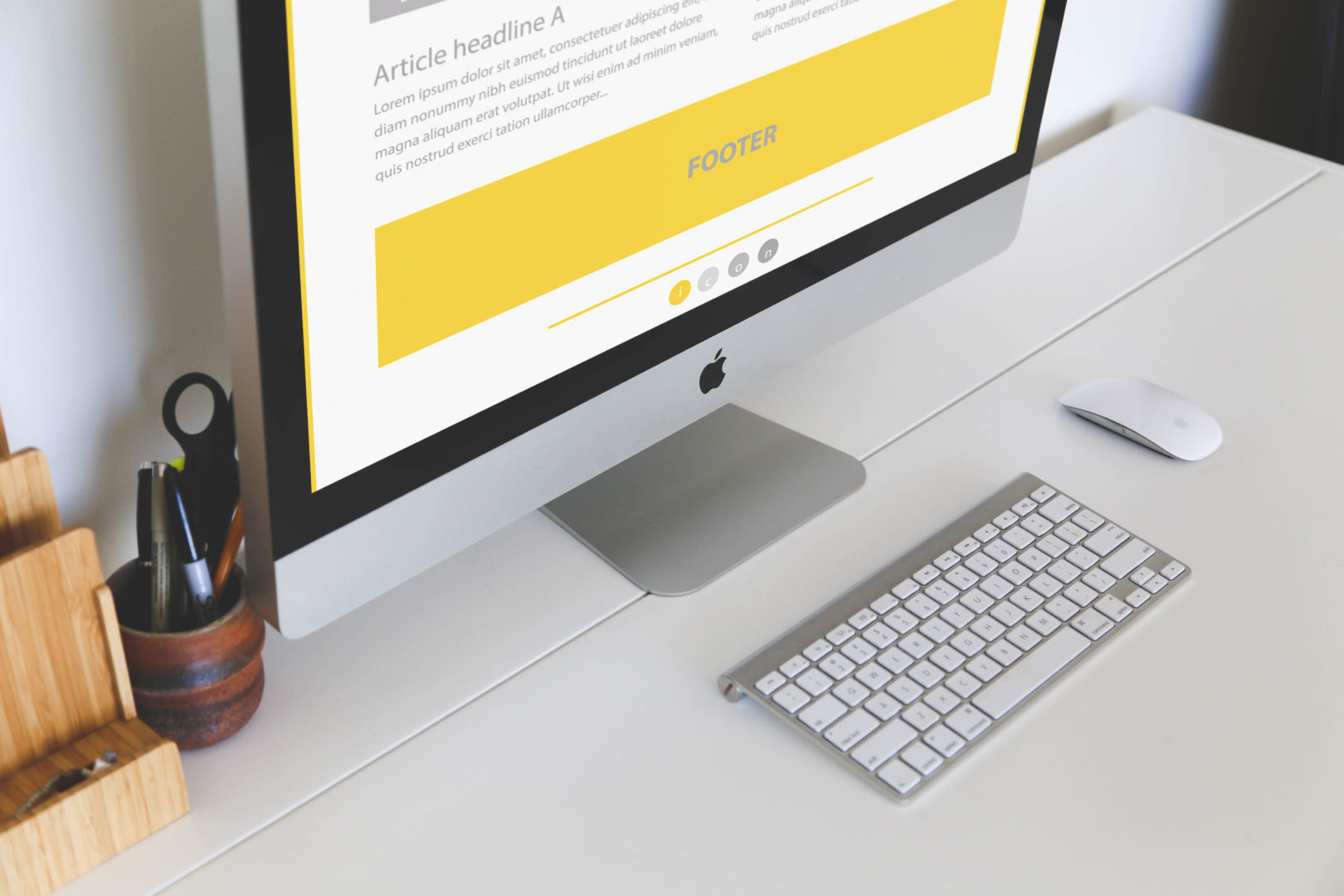Table of Contents
What’s a footer?
Your website footer is probably one of the most overlooked and neglected areas on your entire webpage. Some users simply won’t bother scrolling all the way down your pages, and even the ones who do may not scrutinize the footer with all too much interest.
So why is the footer of your site important, nonetheless?
It provides information that’s crucial to your site’s operation, which just won’t be appropriate anywhere else on the page. A footer usually offers usability assistance like a sitemap, trust and credibility signals like a link to your company’s contact information, and likely even legal jargon like your site’s terms of use.
Familiar Design for a Better User Experience
Including a footer on your site means that you’re designing your site in line with users’ expectations, thereby making it more familiar to them. Familiar sites help the user experience, which only increases highly desirable outcomes like site conversions. In fact, Google research shows that users love familiar site designs—and the footer is essential in this aim.
In the footer’s case, people who have been surfing the Internet for years simply expect there to be some written content at the bottom of a page, even if they don’t always read it. It’s simply a standard best practice that helps make your site visitors, users, leads and readers more comfortable in their navigation.
E-Commerce Store Locators
Many transactions happen on websites these days, but some shoppers want to buy a product from their favorite brand immediately and don’t want to wait days until it comes to them through a package delivery service. These shoppers need to know where the nearest retail location of their brand is, and having this info handy in the footer greatly raises their user experience.
source: Big Drop
This article was originally published in 5 June 2017. It was most recently updated in November 23, 2023 by Wise























